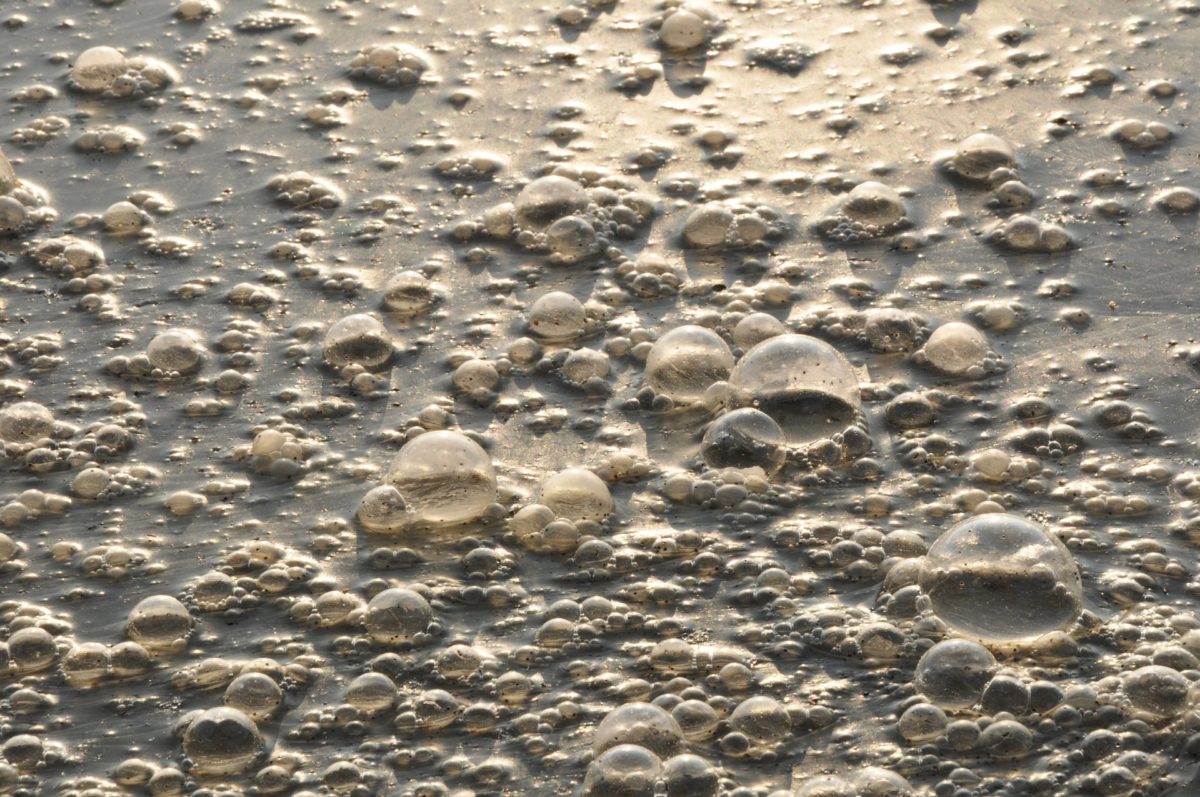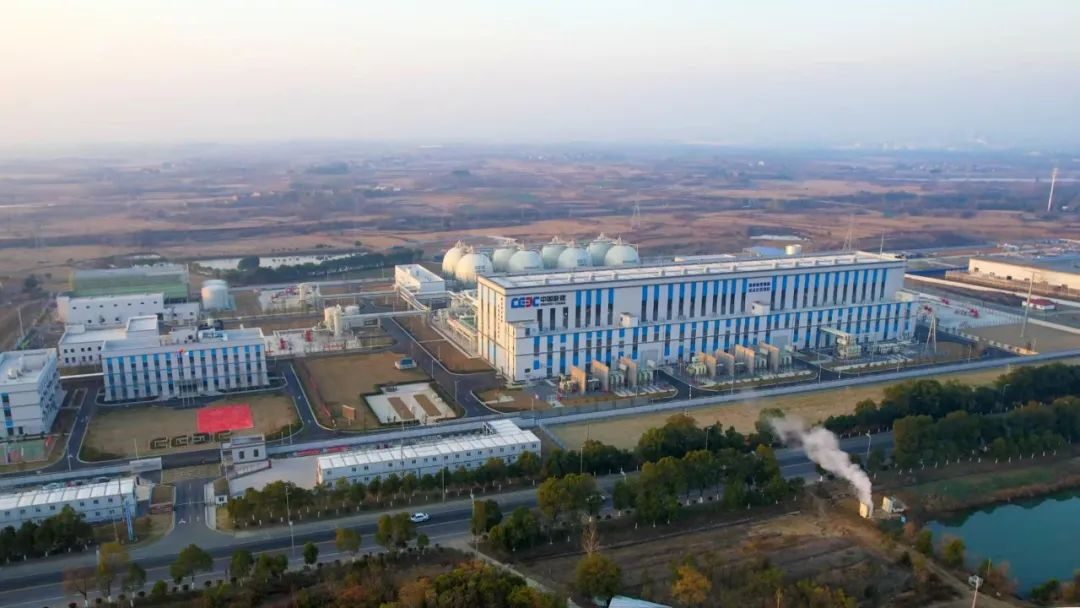A study from the University of California, Berkeley has illustrated the potential advantages and challenges of using PV to power electrochemical water treatment.
Researchers analyzed how the use of solar power could increase the competitiveness of electrochemical approaches such as electrocoagulation (EC), capacitive deionization (CDI), electrodialysis (ED) and electrodeionization (EDI). The four methods examined, according to the scientists, are not as capital-intensive as traditional large-scale water treatment centers, while also being modular, portable and energy efficient. The use of solar could also make smaller electrochemical facilities suitable for desalination of brackish water in remote regions.
Treatment methods
Solar power has already been successfully used to power electrocoagulation (EC), according to the Berkeley researchers. The purification approach involves producing in-situ iron or metal oxide coagulants to capture contaminants. The technique has low energy requirements and the Berkeley group said solar could also power pre-treatment of wastewater before the fluoride removal stage.
“Even without batteries, EC systems with direct current [have] been used for treatment of textile-industry wastewater,” noted the researchers.
Solar may be an interesting option for the capacitive deionization desalination approach and could help it become energy self-sufficient. This method involves water being deionized through the application of electrical potential difference between two electrodes. The technology is said to be cost-efficient and particularly suitable for water with low or moderate salt content. It can be operated in a cyclic mode which includes smart energy recovery methods.
Electrodialysis
Electrodialysis for desalination of brackish water has been successfully coupled to solar power generation in community-scale systems and a test field in rural India. This technology consists of separating salt ions from saline water through ion-exchange membranes under the influence of electric field. “PV-ED should be considered as a viable treatment method, because of reduced energy requirements, stronger membrane components resulting in higher lifetimes of membranes and requirement of less pre-treatment,” the researchers stressed.
Electrodeionization
As for electrodeionization (EDI) for ion separation, which combines ion-exchange membranes along with resins for efficient ion-removal without the use of chemicals, the authors said there are currently no concrete projects, but their PV-enabled electrodialysis models could be used to implement electrodeionization in the future.
The first three technologies were pointed out by the group as most suitable for integration with PV. The researchers added, however, that more research and field experiments are needed to bring these technologies to a larger scale, where they could be competitive against traditional thermal or reverse osmosis modes of water treatment.
Their findings are described in the paper Opportunities and Challenges for Renewable Energy Integrated Water-Energy Nexus Technologies, published in Water-Energy Nexus.
This content is protected by copyright and may not be reused. If you want to cooperate with us and would like to reuse some of our content, please contact: editors@pv-magazine.com.




1 comment
By submitting this form you agree to pv magazine using your data for the purposes of publishing your comment.
Your personal data will only be disclosed or otherwise transmitted to third parties for the purposes of spam filtering or if this is necessary for technical maintenance of the website. Any other transfer to third parties will not take place unless this is justified on the basis of applicable data protection regulations or if pv magazine is legally obliged to do so.
You may revoke this consent at any time with effect for the future, in which case your personal data will be deleted immediately. Otherwise, your data will be deleted if pv magazine has processed your request or the purpose of data storage is fulfilled.
Further information on data privacy can be found in our Data Protection Policy.